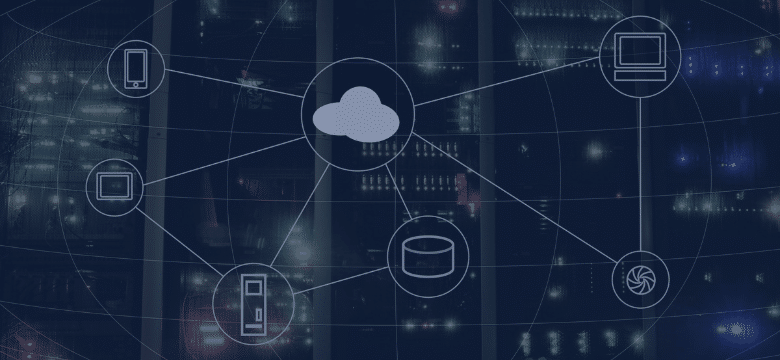








In today’s data-driven world, organizations are constantly seeking ways to gather more accurate, timely, and actionable information to drive their decision-making processes. Discover the Internet of Things (IoT) – a revolutionary technology that’s transforming how we collect, analyze, and report data across various industries. This article explores how secure IoT-based systems are streamlining data collection and reporting, offering unprecedented insights and efficiency gains for businesses of all sizes.
The Internet of Things refers to the vast network of physical objects embedded with sensors, software, and other technologies that enable them to connect and exchange data over the Internet. From smart home devices to industrial sensors, the IoT is rapidly expanding its reach across various sectors.
At its core, IoT technology allows for the autonomous collection of real-time data from the environment. Imagine a manufacturing plant where every piece of equipment is fitted with sensors that continuously monitor performance metrics, temperature, and vibration levels. This constant stream of data provides invaluable insights into equipment health, production efficiency, and potential maintenance needs.
However, with great power comes great responsibility. As IoT devices collect increasingly sensitive data, the importance of security cannot be overstated. Secure IoT systems incorporate robust security measures such as end-to-end encryption, strong authentication protocols, and granular access controls. These safeguards ensure that the data collected remains private, intact, and accessible only to authorized parties.
Learn more about this technology: Unlocking Potential: A Beginner’s Guide to the Internet of Things (IoT)
The adoption of secure IoT systems brings several key benefits to the data collection process:
You may like this: Managing and Analyzing Data Generated by IoT Systems
While the collection of vast amounts of data is powerful, it’s equally crucial to ensure that this data remains secure throughout its lifecycle. Secure IoT systems employ multiple layers of protection:
Want to build your own system? Check this out 👉 Next-gen IoT Services
The true value of IoT data lies in how it’s analyzed and presented. Secure IoT systems can integrate seamlessly with existing business intelligence tools, enabling the creation of comprehensive reports and intuitive dashboards. For example, a retail chain using IoT sensors to track foot traffic, inventory levels, and environmental conditions across its stores can generate powerful reports that correlate these factors with sales data. This integrated view allows for data-driven decisions on store layouts, inventory management, and marketing strategies.
Therefore, the benefits of such data-driven decision-making are manifold:
While the potential of secure IoT-based systems is immense, it’s important to acknowledge the challenges associated with their implementation:
Secure IoT-based systems are revolutionizing how organizations collect, analyze, and report data. By providing real-time, accurate, and comprehensive insights, these systems enable data-driven decision making at an unprecedented scale. While challenges exist, the potential benefits in terms of efficiency, innovation, and competitive advantage are too significant to ignore.
Are you ready to harness the power of secure IoT-based systems for your organization? Our team of IoT experts can help you design and implement a tailored solution that addresses your specific data collection and reporting needs. From selecting the right IoT devices to ensuring robust security measures and seamless data integration, we’ve got you covered. Contact us today to learn how we can help you unlock the full potential of IoT technology and transform your data collection and reporting processes.
Tags
Stay ahead in a rapidly changing world with our monthly look at the critical challenges confronting businesses on a global scale, sent straight to your inbox.